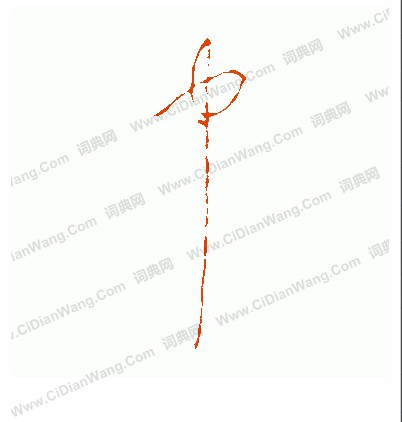Team:Shenzhen SFLS/Project
From 2013hs.igem.org
(→Project) |
(→Project) |
||
| Line 60: | Line 60: | ||
===Project=== | ===Project=== | ||
| - | Student at SFLS want to produce an enzyme known as | + | Student at SFLS want to produce an enzyme known as “polyphosphate kinase”(PPK)to governance the eutrophication of water bodies. We know that the eutrophication of water bodies is often caused by Pi. If the the concentration of phosphate in the water is too high, ther will have a lot of truble such as red tide in lake, sea and river.PPK is known to digest Pi (phosphate). We want to make two device in a gene circut to deal with this problem. |
| - | + | De0vice 1: We use a limitable promoter which would be limited by high concentrations of Pi, then the GFP in this device won't light and a protein we add in the device won't breed too. | |
| - | + | Device 2: If the protein didn't breed, the promoter in Device 2 will be induced and the PPK gene will work, it will digest Pi. When the concentration of phosphate become low, devive 2 will stop to digest Pi and the promoter in device 1 will be induced, then the GFP in device 1 will light. That means the work has finished. | |
| - | |||
| - | + | ( We will put on our picture of gene circuts in few days) | |
| - | + | ||
| - | + | ||
| - | + | ||
| - | + | ||
===Notebook=== | ===Notebook=== | ||
Revision as of 15:25, 29 March 2013
- a team description
- project description
- safety information (did your team take a safety training course? were you supervised in the lab?)
- team attribution (who did what part of your project?)
- lab notebook
- sponsor information
- other information
Example: 2013hs.igem.org/Team:Deerfield_MA/Our_Pets
| You can write a background of your team here. Give us a background of your team, the members, etc. Or tell us more about something of your choosing. | |
|
Tell us more about your project. Give us background. Use this as the abstract of your project. Be descriptive but concise (1-2 paragraphs) | |
| Team Shenzhen_SFLS |
| Official Team Profile |
|---|
Contents |
Team
Peilin Li: the instructor of SFLS students.
Kang Kang: the advisor of SFLS students.
Hekang Jia: the leader of SFLS students.
Biwei Zheng: the vice leader of SFLS students.
Project
Student at SFLS want to produce an enzyme known as “polyphosphate kinase”(PPK)to governance the eutrophication of water bodies. We know that the eutrophication of water bodies is often caused by Pi. If the the concentration of phosphate in the water is too high, ther will have a lot of truble such as red tide in lake, sea and river.PPK is known to digest Pi (phosphate). We want to make two device in a gene circut to deal with this problem.
De0vice 1: We use a limitable promoter which would be limited by high concentrations of Pi, then the GFP in this device won't light and a protein we add in the device won't breed too.
Device 2: If the protein didn't breed, the promoter in Device 2 will be induced and the PPK gene will work, it will digest Pi. When the concentration of phosphate become low, devive 2 will stop to digest Pi and the promoter in device 1 will be induced, then the GFP in device 1 will light. That means the work has finished.
( We will put on our picture of gene circuts in few days)
Notebook
Show us how you spent your days.
Results/Conclusions
What did you achieve over the course of your semester?
Safety
What safety precautions did your team take? Did you take a safety training course? Were you supervised at all times in the lab?
Attributions
Who worked on what?
Human Practices
What impact does/will your project have on the public?
Fun!
What was your favorite team snack?? Have a picture of your team mascot?
<forum_subtle />
 "
"

